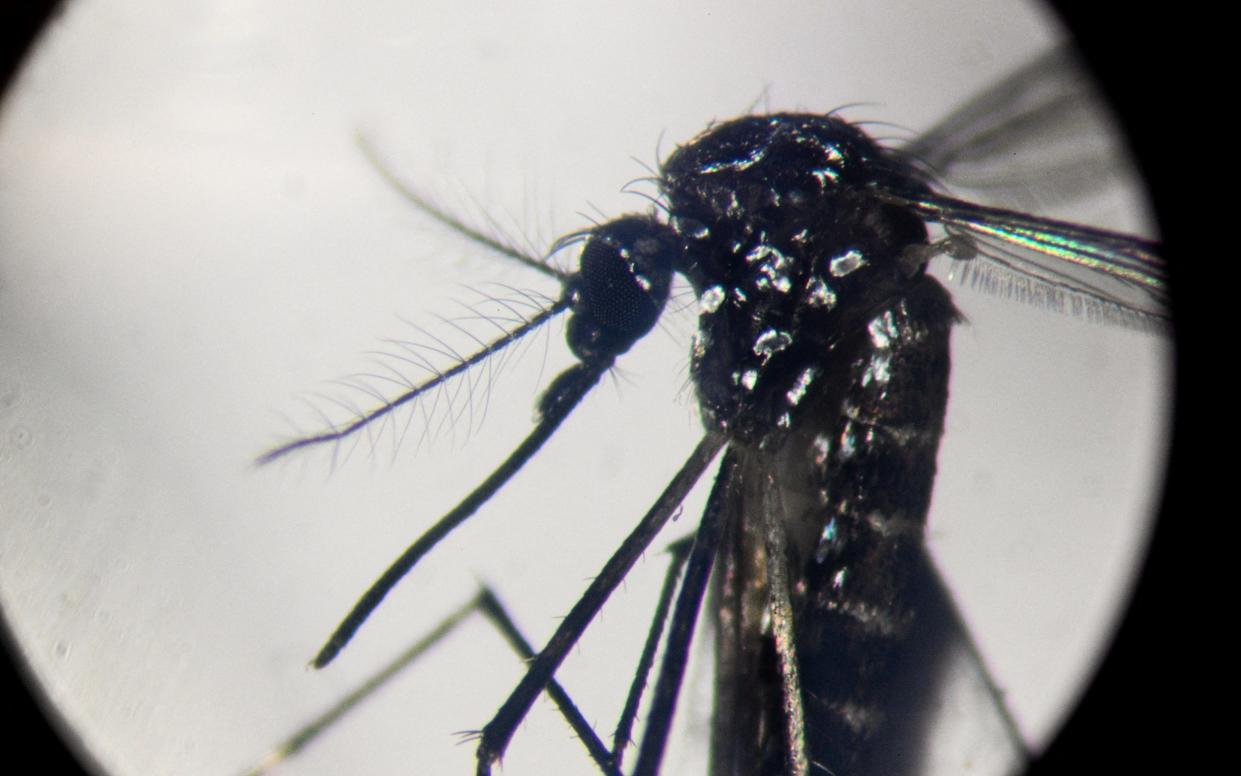Americas dengue outbreak is the ‘worst to date’

Dengue cases have accelerated in the Americas, with 3.5 million infections recorded since January, the Pan American Health Organisation has confirmed.
The public health body said that the region is experiencing “probably the worst dengue season to date,” with over 1,000 deaths recorded in the past three months.
The spike in ‘breakbone fever’ represents triple the number of cases recorded in the same period last year.
Brazil is worst affected with 81 per cent of cases, followed by Argentina and Paraguay.
The rapid spread of dengue, transmitted by mosquitos, has raised alarm bells in several countries in South America and the Caribbean.
Puerto Rico declared an epidemic just this week, recording 549 cases and over 340 hospitalisations this year.

A public health emergency was declared in Peru last month, where authorities have constructed emergency field ward tents on sports pitches to deal with a deluge of cases in the country’s northwestern region of Piura.
The outbreaks have been linked to climate change, the El Nino weather phenomenon and urbanisation, plus the lifting of restrictions and travel rebound post-Covid.
Although the Japanese-made Qdenga vaccine has recently been approved for use, the jabs are in limited supply and are unlikely to halt the upsurge in infection.
Brazil, grappling with 2.8 million cases, has secured doses to vaccinate only 3.3 million people this year.
Around four billion people, or about half the world’s population, live in areas with a risk of contracting dengue, although most will be asymptomatic.
Mild illness symptoms include a high fever, headache, vomiting, skin rash, and muscle and joint pain.
In severe cases it can cause hemorrhagic fever, resulting in bleeding that can lead to death.
Protect yourself and your family by learning more about Global Health Security


